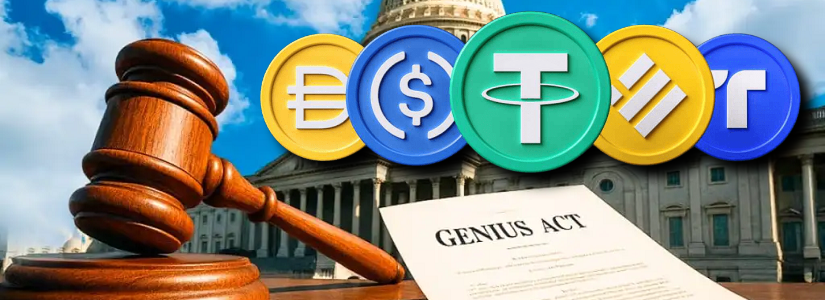TL;DR
- Citigroup highlights that high-yield stablecoins could trigger significant withdrawals from traditional banks, reminiscent of the 1980s money market fund surge.
- Banking experts warn this may increase funding costs and raise credit rates for households and businesses.
- Meanwhile, the crypto sector emphasizes that regulatory restrictions should not stifle innovation or limit consumer choice in stablecoin adoption, pointing to potential economic benefits from digital asset growth.
Citigroup’s report, led by Ronit Ghose, suggests that if stablecoin yields continue to rise, banks may face an unprecedented outflow of deposits. The comparison to the late 1970s and early 1980s money market boom is striking. During that period, money market funds grew from $4 billion to $235 billion in seven years, while traditional banks experienced net deposit outflows of $32 billion, according to Federal Reserve data. Analysts caution that a similar dynamic today could reshape bank funding models and prompt banks to rethink traditional savings and checking account strategies.
Sean Viergutz from PwC emphasized that shifting client preferences toward high-yield stablecoins could compel banks to rely more on wholesale funding or increase deposit rates. Such measures would raise borrowing costs for both consumers and businesses, potentially slowing economic activity in affected sectors. Some banking executives are also exploring partnerships with fintech platforms to offer competitive products, yet these efforts may not fully counterbalance stablecoin adoption trends.
Regulatory Debates Around Stablecoin Yields
The GENIUS Act prevents stablecoin issuers from offering direct interest but does not restrict exchanges or affiliated businesses. Banking associations, including the Bank Policy Institute, argue this loophole could divert trillions of dollars from traditional financial institutions, potentially reaching $6.6 trillion in outflows. They claim this may reduce lending capacity and increase loan costs, prompting a nationwide debate about fairness and systemic risk. The potential for new financial instruments built around stablecoins could further challenge existing regulatory frameworks, requiring careful monitoring.

Crypto industry groups counter that stricter regulations could stifle innovation. They argue that stablecoins provide alternatives that enhance market efficiency, liquidity, and consumer choice. Coinbase’s chief legal officer, Paul Grewal, highlighted that competition from digital assets should not be unfairly curtailed by lawmakers or entrenched banking interests.
Stablecoins Could Strengthen US Financial Markets
Proponents note that stablecoin issuers invest heavily in US government securities, helping support Treasury markets. As digital asset adoption grows, stablecoins could play a role in diversifying funding sources and increasing financial system resilience. Citigroup predicts that stablecoin market capitalization could expand to $3.7 trillion over the next five years, reinforcing their growing importance in the broader economy.










